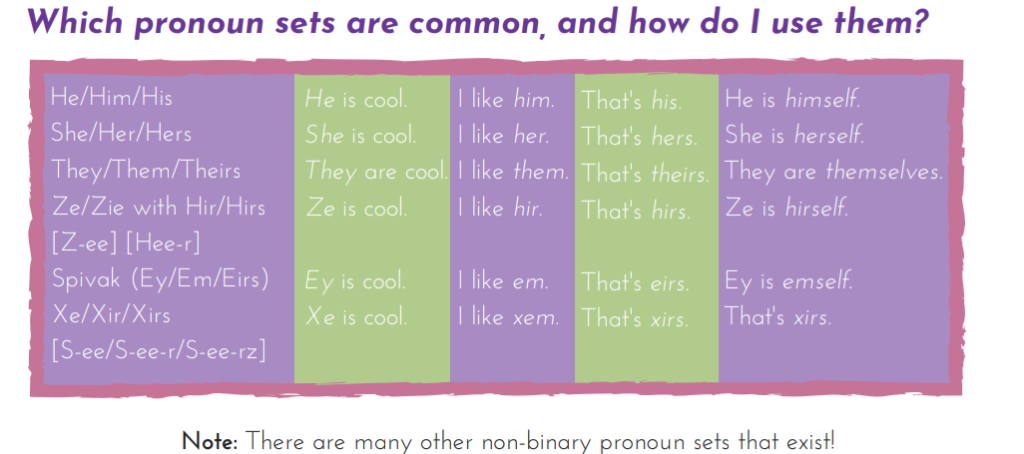Transgender Day of Remembrance
At Mabel Wadsworth Center, our interns are responsible for updating the bulletin board in our waiting room once a month. Past topics have included healthy relationships, safer sex, abortion stories and more. In case you haven’t had the chance to visit us recently, you can read about our bulletin board here. This post is by our intern, Maura Philippone, a student at the University of Maine.
What is TDOR?
Transgender Day of Remembrance (TDOR) is an annual vigil that commemorates people who have lost their lives to transphobic acts of violence. Most TDOR vigils involve reciting a list of names of all known transgender people who have been murdered within the past year. At the event, prayers, speeches, and singing are common.
How did TDOR start?
The first TDOR was a candlelight vigil led by Gwendolyn Ann Smith in San Francisco, CA in 1999. It was held in response to the murder of a trans woman named Rita Hester on November 28th, 1998. This vigil commemorated all the people who were killed by transphobic acts of violence after Rita’s death. Since then, annual TDOR vigils have gradually grown to become the somber and sometimes angry vigils that they are today.
How is the list of names created?
The list of names incorporates those who have been killed between November 20th of the previous year and November 19th of the current year (for the 2018 TDOR vigil, that’s 11/20/2017 to 11/19/2018). It can include hundreds of people, and many believe that it is not completely accurate due to underreporting.
Trans* Women of Color (TWOC) make up the vast majority of the list. This unfortunate fact is directly connected to the intersectional identities of TWOC that often leave them vulnerable to perpetrators of violence. TWOC regularly experience misogyny, transphobia, racism, and violence resulting from these prejudices. This is why recent TDOR vigils have also included racial justice actions (such as protests). The U.S. list can be found on the Human Rights Campaign website, and the international list can be found on the International Transgender Day of Remembrance website.
Stats and facts:
- A 2016 Pew Poll investigated the percentage of Americans who personally know someone who is transgender. 37% of those ages 18-29 said yes, whereas only 16% of those ages 65 and older said yes.
- In 2017, at least 29 transgender people were killed by transphobic acts of violence in the U.S. This was alarming in that it was a record high. The perpetrators of this violence were acquaintances, partners, and strangers to the people that they killed. Some have been arrested and charged, while others have yet to be identified.
- So far, 24 transgender individuals have been killed by transphobic acts of violence in the U.S. in 2018.
- A ProPublica report found that, in the U.S., victims were identified with names or genders that did not correspond to those they used in their daily lives in 74 out of 85 cases.
Will there be a TDOR vigil near me?
- Orono, ME: UMaine’s Wilde Stein: Queer Straight Alliance will be holding a TDOR vigil on Friday, November 16th at 8 pm on the university mall.
- Bangor, ME: MaineTransNet will be holding a TDOR vigil on Saturday, November 17th from 7:30pm-9:30 pm at the Bangor Area Recovery Network (142 Center Street, Brewer, ME 04412)
Call MaineTransNet at (207)-370-0359 for information about TDOR vigils in other locations in Maine.
How can I be a better trans ally?
Using a person’s correct pronouns is a good start! If you don’t know what pronoun set someone uses, just ask. You can even break the ice and introduce yourself with your pronouns first (e.g. “Hi! My name is Maura and my pronouns are she, her, and hers!”).
If you don’t need to know a person’s gender, you don’t need to ask them. Instead, just use gender-neutral language, like “They said…”. Here are some examples of a few different pronoun sets and how to use them:

If you make a mistake, it’s not the end of the world! Simply apologize, correct yourself, and move on. Dwelling on it makes the situation more awkward and pressures the person you misgendered to play it off or apologize to make you feel better. So, just correct yourself and move on!
To learn more about pronoun sets and how to practice using preferred pronouns, check out our handy Pronoun Usage Guide!
Sources:
http://www.mainetransnet.org/transgender-day-of-remembrance/
https://www.glaad.org/tdor
https://tdor.info/statistics/
https://transgenderdordotcom.files.wordpress.com/2014/10/tdortips.pdf
https://www.hrc.org/resources/violence-against-the-transgender-community-in-2018
